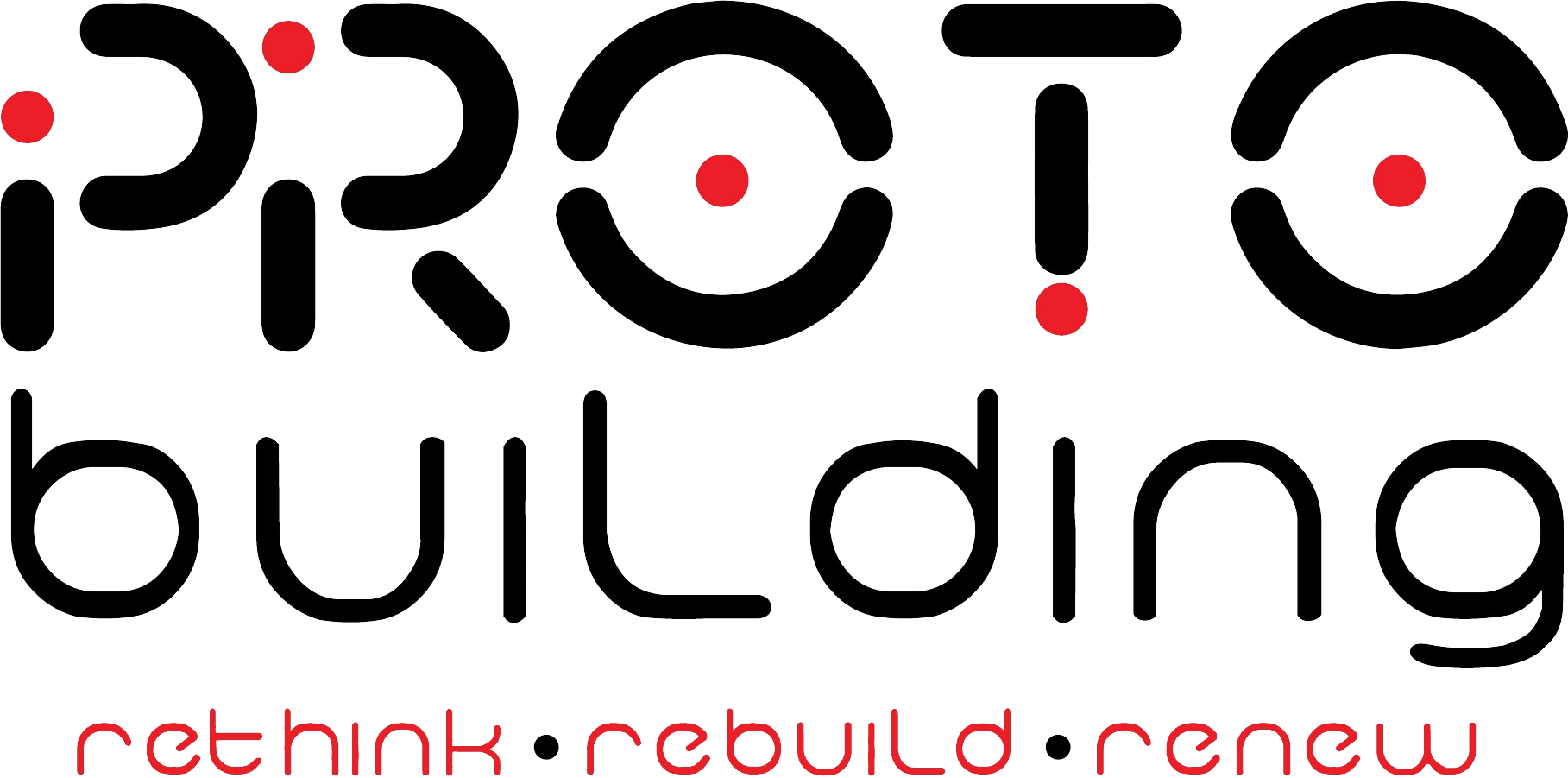
Did someone say timber?
The York Timbers Chair in Wood Structural Engineering at the University of Pretoria invites the next generation of architects to reimagine the future of timber construction with the upcoming 2025 Timber Design Competition. Now in its third year, the competition continues to support and celebrate excellence in timber-based architectural design, challenging students to push the boundaries of this sustainable, versatile, and beautiful material.
This year, participants are invited to submit projects that highlight the transformative potential of engineered timber as a building technology. To access a broad range of timber design options, competitors will have the freedom to choose and define their site and program.
Ready to shape the future of timber construction? Register here to secure your team ID. Let’s work together to expand timber’s design potential, creating forward-thinking, low-carbon, and beautiful solutions for our evolving built environment.
Click here to access the full design brief.

Upcoming projects!
As we move into our second year, we’re building on the momentum of our prototyping-led philosophy with a slate of exciting new projects that reflect our commitment to continuous improvement in sustainable construction. From ProtoFold—a CLT, origami-inspired roof designed for UP’s Engineering 4.0 timber storage—to a new guardhouse at Future Africa featuring a CLT reinterpretation of its original roof, we’re pushing boundaries through adaptive experimentation. We’re also working on fresh JCP offices and revamping the timber design competition pin-up boards, reimagining the space to support design dialogue and innovation better. Stay tuned to our website and social media for updates, insights, and behind-the-scenes moments from the next wave of builds.



Wood as a sustainable building material
As the construction industry seeks innovative solutions to minimize environmental impact, wood has emerged as a highly sustainable building material. When sourced from responsibly managed forests, wood offers a renewable, energy-efficient, and carbon-friendly alternative to conventional materials like steel and concrete. Modern advancements in engineered wood products, such as cross-laminated timber (CLT), have further enhanced its viability for large-scale and high-performance construction.

Environmental benefits:
- Renewability and Responsible Forestry. Wood is a naturally renewable resource when harvested from sustainably managed forests. Responsible forestry practices ensure continuous replanting and biodiversity conservation, making wood a long-term, sustainable choice for building materials.
- Carbon Sequestration. Unlike concrete and steel, which emit significant carbon dioxide during production, trees absorb CO₂ from the atmosphere, storing it within their fibers. When used in construction, wood continues to sequester carbon, helping to reduce overall greenhouse gas emissions.
- Energy Efficiency in Production. The energy required to produce wood-based materials is substantially lower than that of traditional building materials. Processing wood into engineered products like CLT consumes less fossil fuel energy, reducing the embodied carbon of buildings.
- Durability and Strength. Engineered wood products, including CLT, Glulam, and Laminated Veneer Lumber (LVL), offer exceptional strength and durability. These materials provide a lightweight yet structurally robust alternative to steel and concrete, suitable for multi-story buildings and complex architectural designs.
- Thermal and Acoustic Performance. Wood’s natural insulating properties enhance energy efficiency by reducing heating and cooling demands. It also provides superior acoustic performance, making it an ideal material for comfortable indoor environments.
- Waste Reduction and Recyclability. Wood-based construction generates less waste compared to conventional methods. Offcuts can be repurposed, and wood elements can be recycled or reused at the end of a building’s life cycle, contributing to circular economy principles.
- Prefabrication and Efficiency. Advances in prefabricated timber construction streamline the building process, reducing construction time, labor costs, and on-site waste. Prefabrication enhances quality control and allows for precision-engineered components that fit seamlessly in modern architectural applications.
- Biophilic and Well-being Benefits. Wood contributes to healthier indoor environments by regulating humidity and improving air quality. Its natural aesthetic and warmth enhance occupant well-being, aligning with biophilic design principles that promote human-nature connections in built environments.
Wood’s sustainability, structural versatility, and environmental benefits position it as a key material in the future of green construction. By integrating modern engineered wood products and sustainable forestry practices, the construction industry can significantly reduce its carbon footprint while advancing toward more efficient and responsible building methods.



